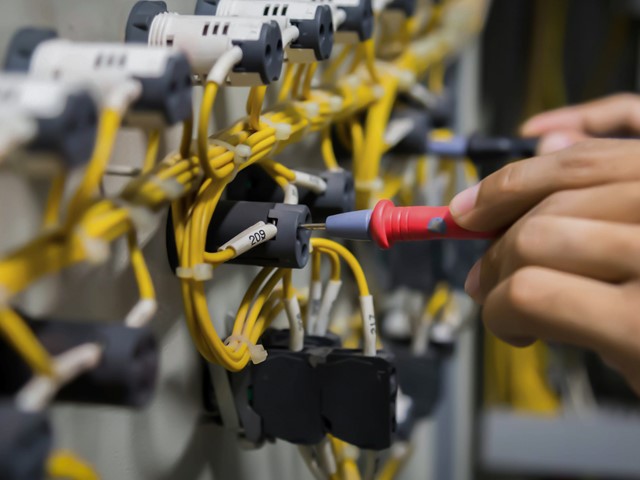The concept of the Holy Trinity is one of the fundamental pillars of Christianity, yet it remains a theological mystery that has intrigued and perplexed believers for centuries. The Holy Trinity refers to the belief in the existence of three distinct but inseparable persons within the divine essence: the Father, the Son, and the Holy Spirit. In this blog post, we will embark on a journey to unravel the depths of the Holy Trinity, exploring its origins, significance, and attempts made throughout history to comprehend this profound mystery.
Origins and Biblical Basis
The roots of the Holy Trinity can be traced back to the New Testament, where we find references to the Father, the Son (Jesus Christ), and the Holy Spirit. These references form the basis for the doctrine of the Trinity. The Gospel of Matthew records Jesus’ baptism, where the voice of God the Father is heard, the Son (Jesus) is present in human form, and the Holy Spirit descends upon Jesus like a dove. This Trinitarian experience serves as evidence of the three persons of the Godhead coexisting simultaneously.
The Early Church and Doctrinal Development
In the early centuries of Christianity, the understanding of the Holy Trinity faced numerous challenges. Theologians and Church leaders grappled with explaining the mystery of three persons in one God. Various heresies arose, such as Modalism (the belief that the Father, Son and Holy Spirit are just different modes or manifestations of the same divine being) and Arianism (which denied the full divinity of Jesus).
To address these controversies, the Church convened several ecumenical councils. The Council of Nicaea in 325 AD affirmed the divinity of Jesus, declaring Him to be of the same substance (homoousios) as the Father. The Council of Constantinople in 381 AD expanded the creed to include the divinity of the Holy Spirit, solidifying the concept of the Trinity as three distinct persons within the Godhead. These councils played a crucial role in the development of Trinitarian doctrine.
Understanding the Roles
Each person within the Holy Trinity has unique roles and functions. The Father is portrayed as the Creator, the source of all things, and the One from whom all life flows. The Son, Jesus Christ, is the Word of God made flesh, who came to Earth to save humanity through His sacrificial death and resurrection. The Holy Spirit is described as the Comforter, Advocate, and the one who empowers believers, guiding them in their spiritual journey.
It’s important to note that while the three persons of the Trinity have distinct roles, they are not separate entities but are eternally united in essence and purpose. They exist in perfect harmony and unity, forming the eternal Godhead.

The Mystery and Practical Implications
While the Holy Trinity remains a profound mystery that surpasses human understanding, it has practical implications for believers. The Trinity serves as a model of divine unity, diversity, and community. It demonstrates the love and relationship within God’s very nature, inviting believers to reflect on these qualities in their own lives. If you found this article interesting, it is very likely you will enjoy further reading at The Mom Kind.
The doctrine of the Holy Trinity also reminds Christians of the significance of both unity and diversity within the body of Christ. Just as the Father, Son, and Holy Spirit work together, believers are called to unity despite their diversity, loving and respecting one another while recognizing their unique contributions.
Conclusion
Understanding the Holy Trinity is a lifelong endeavor for believers. It goes beyond intellectual comprehension and requires a humble recognition of the limitations of human understanding.





